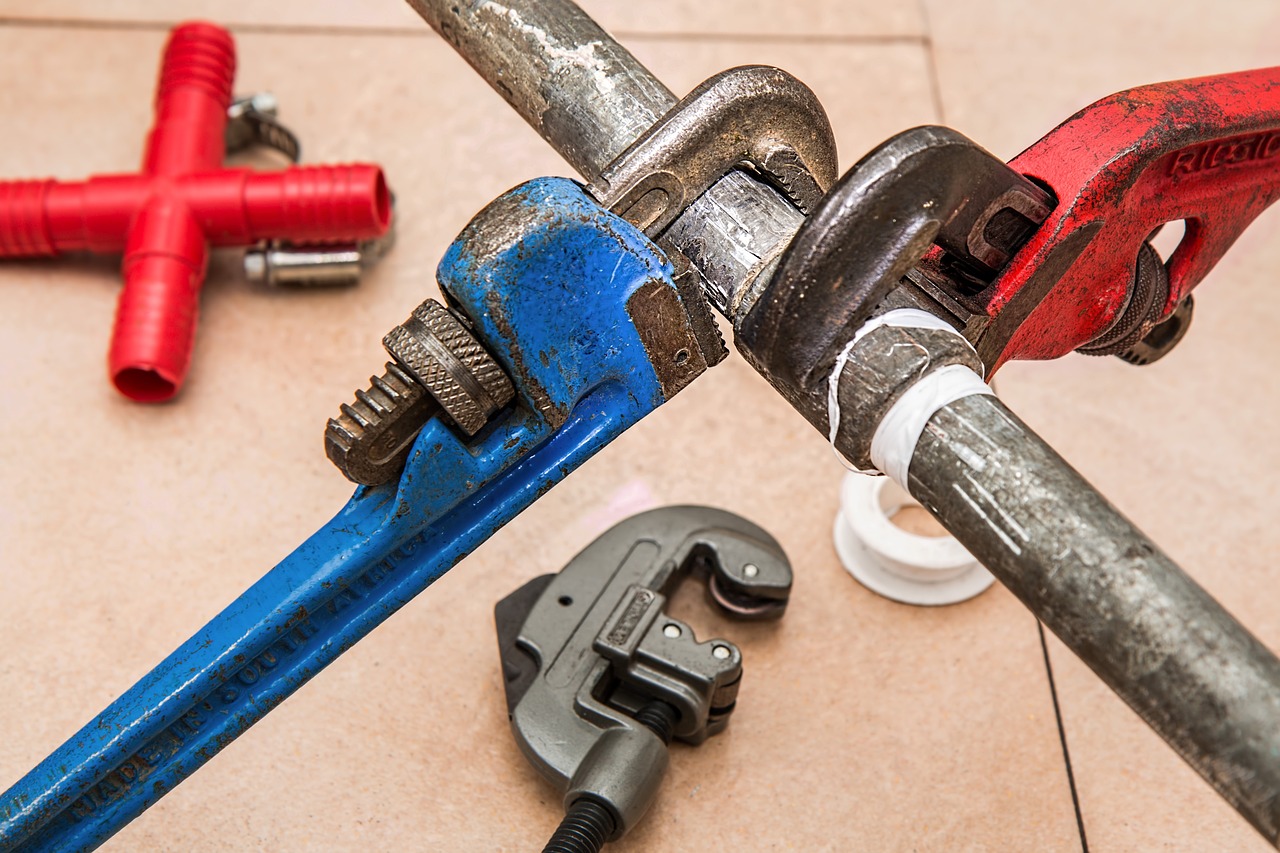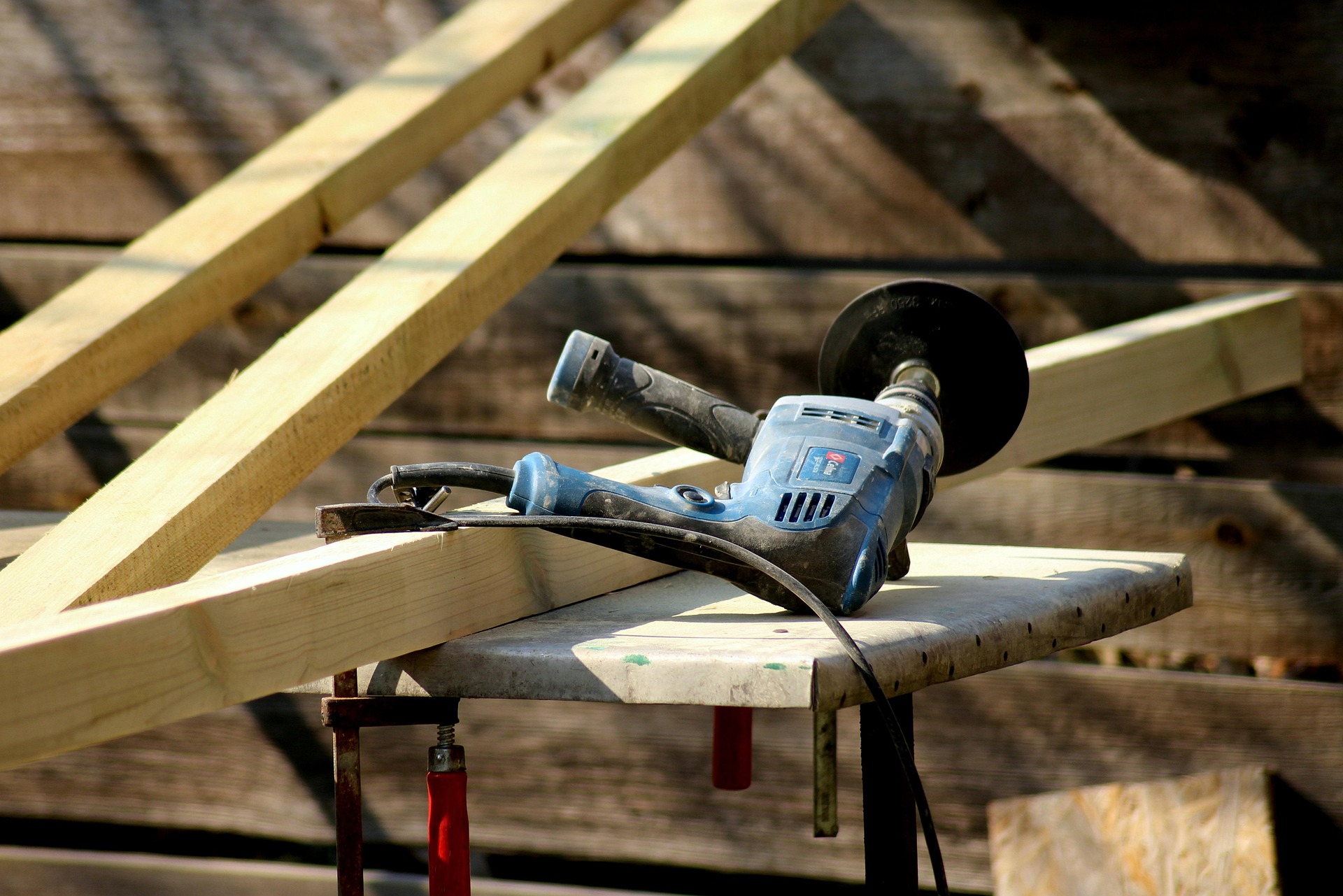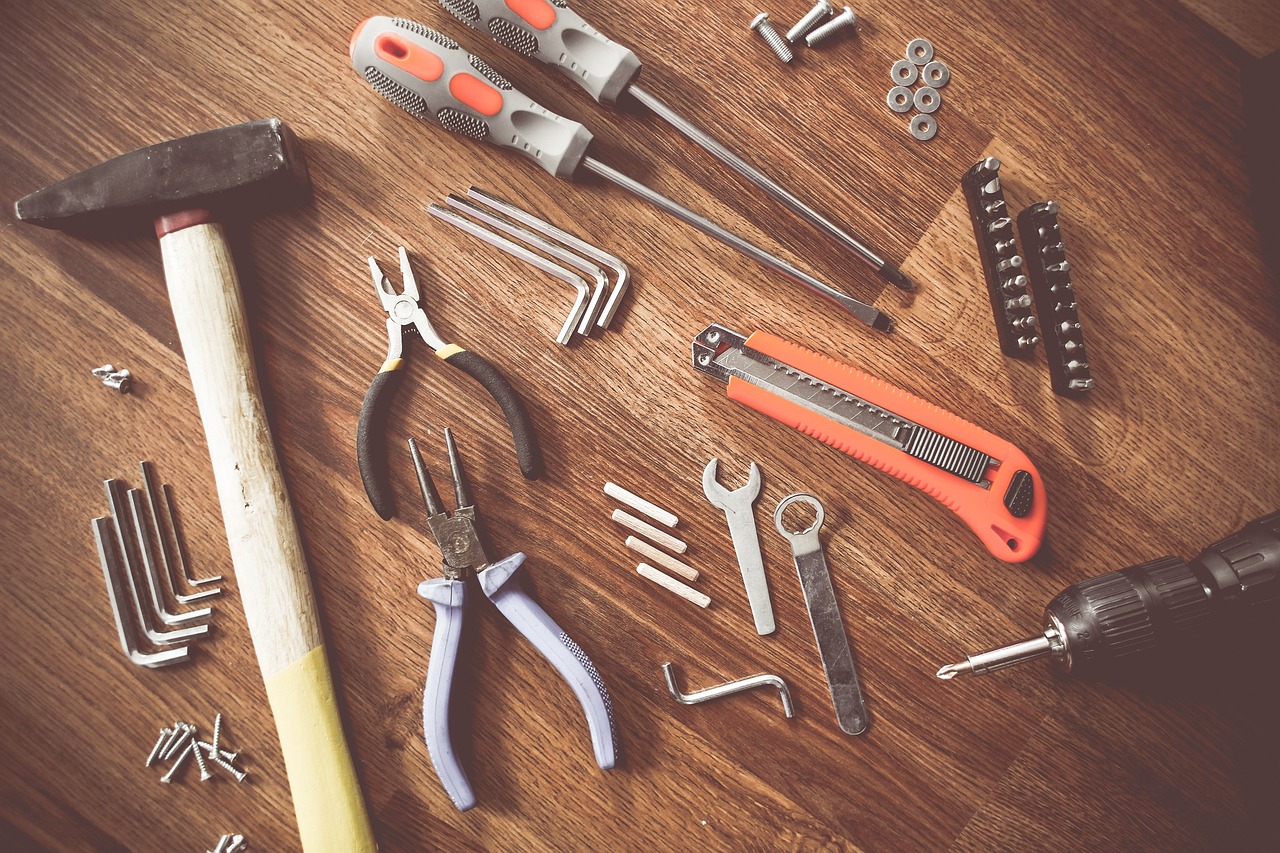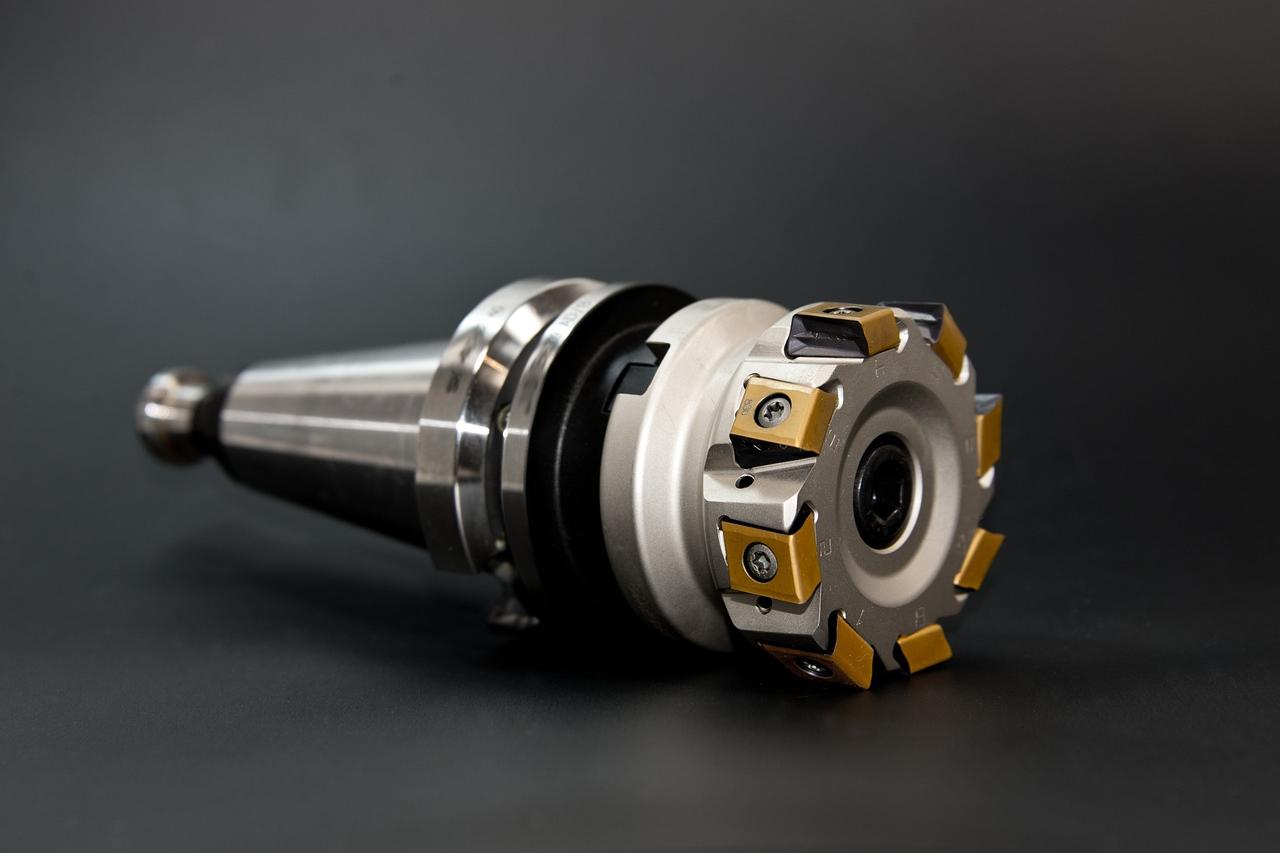- Shanghai Zhongshen International Trade Co., Ltd. - Two decades of trade agency expertise.
- Service Hotline: 139 1787 2118

With the intelligent upgrading of global manufacturing, measuring tools (such as laser rangefinders, coordinate measuring machines, industrial sensors, etc.) are becoming increasingly prominent in international trade. The U.S., as one of the worlds largest industrialEquipment Importsmarkets, continues to show growing demand for Chinas high-precision measuring tools. However,for containers exported to the USthe market involves complex regulatory certifications, logistics planning, and localization service requirements, urgently requiring professionalforeign tradeagency services to provide end-to-end support. This article will analyze the core value and solutions of professional agency services based on industry pain points.
Contents
ToggleThree Major Challenges in U.S. Measuring Tools Market Access
1.Stringent Certification Systems
- FCC certification: All electronic measuring devices containing radio frequencies (e.g., wireless laser rangefinders) must obtain FCC Part 15B certification.
- NRTL certification: Mandatory electrical safety testing by organizations such as UL and ETL (e.g., battery-powered devices).
- Industry Standard Adaptation: Compliance review for specialized standards such as ASTM E2847 (dimensional measuring equipment) and ASME B89 (geometric measuring tools).
2.Tariff and Trade Policy Volatility
: The U.S. imposes additional tariffs of 7.5%-25% on measuring tools originating from China (based on HTS codes 9031.80/9017.20, etc.), coupled with anti-dumping risks. Enterprises must optimize supply chains (e.g., third-country transit) or apply for tariff exclusions to reduce costs.
3.Lack of Localized Service Capabilities
: U.S. clients have stringent requirements for after-sales response speed, technical documentation (English operation manuals, CE/FCC markings), and metrology calibration services. SMEs often lose orders due to insufficient resources.
II. End-to-End Empowerment Solutions of Professional Agency Services
Accelerated Compliance Certification: Reducing Approval Cycles by 30%
- Pre-assessment Optimization: Providing regulatory pre-inspection services during the product design phase to avoid post-production modification costs. For example, pre-validating laser devices against FDA 21 CFR 1040.10 optical radiation safety standards.
- Certification Handling: Integrating resources from partner laboratories such as UL and TUV to offer one-stop services for certifications like FCC ID and Energy Star.
- Label and Documentation Compliance: Assisting in creating warning labels compliant with ANSI Z535.4 standards, EPA energy efficiency labels, and ASTM-format test reports.
Tariff Optimization and Logistics Assurance
- HTS precise classification: Using a dual function + material analysis method to avoid tariff increases due to misclassification. For example, reclassifying smart measuring instruments from computer accessories to specialized instruments tariff categories.
- Diversified Customs Clearance Strategies:
- For small and medium-sized shipments, recommendMaritime TransportationLCL (Less than Container Load) + bonded warehouse distribution models, saving 20% on logistics costs;
- For high-value equipment, provide DDP (Delivered Duty Paid) services to enhance end-customer experience.
- Trade Remedy Response: Monitoring USITC (U.S. International Trade Commission) developments to provide early warnings of anti-dumping investigations and assist enterprises in adjusting supply chain layouts.
Building Localized Service Networks
- Technical Response Centers: Establishing spare parts warehouses in major industrial states (e.g., Texas, Michigan) to provide 48-hour fault response services.
- Metrology Calibration Partnerships: Connect with A2LA (American Association for Laboratory Accreditation) certification bodies to meet customers mandatory requirements for ISO/IEC 17025 calibration certificates.
- Digital Marketing Support: Conduct precise product promotion through B2B platforms such as Amazon Industrial and Thomasnet, targeting top-tier buyers including Boeing and General Electric.
Case Study: The Breakthrough Path of a Suzhou Optical Instrument Manufacturer
In 2023, a company encountered the following issues when exporting laser trackers to the United States:
- Certification Delays: Due to failure to pre-review FDA standards, the products were detained by customs for 2 months;
- Tariff Disputes: Incorrect HTS classification resulted in an additional 11% tariff payment;
- Negative After-Sales Reviews: Lack of local repair centers led to a customer return rate as high as 15%.
After the intervention of agency services:
- Redesigned product modules, with radio components certified separately, reducing FCC certification cycle from 90 days to 45 days;
- Applied for HTS 9031.40.9190 (optical measuring instruments) tariff code, lowering tariffs from 25% to 3.7%;
- Established a cooperative repair center in Chicago, reducing return rate to 3% and increasing customer repurchase rate by 40%.
Key Evaluation Dimensions for Selecting Professional Agency Service Providers
1.Regulatory Database Coverage Capability: Whether real-time updates of technical regulations from US CPSC, NIST, and other agencies are provided;
2.Customs Clearance Error Rate: Historical data must be below 1.5%;
3.Depth of Local Resources: Whether partner warehouses/service providers cover the top 10 industrial cities in the US;
4.Application of Digital Tools: Whether value-added services such as ERP data integration and tariff simulation calculation systems are provided.
Conclusion
In the current shift from price competition to value competition in the US measuring tools market, professional foreign trade agency service providers have evolved from logistics channels to strategic partners. Through a tripartite service model of compliance empowerment, cost optimization, and localization, Chinese companies can significantly improve order conversion rates and brand premium potential.
ZhongShen International TradeWith years of deep expertise in China-US trade, serving over [number] measuring tool manufacturers, we have reduced clients overall export costs by an average of 22%. For customized export solutions, contact our expert team to leverage professional expertise for success in the US market.Export RepresentationBreaking US Market Barriers: A Comprehensive Guide to Exporting Measuring Tools
Related Recommendations
? 2025. All Rights Reserved. Shanghai ICP No. 2023007705-2  PSB Record: Shanghai No.31011502009912
PSB Record: Shanghai No.31011502009912










